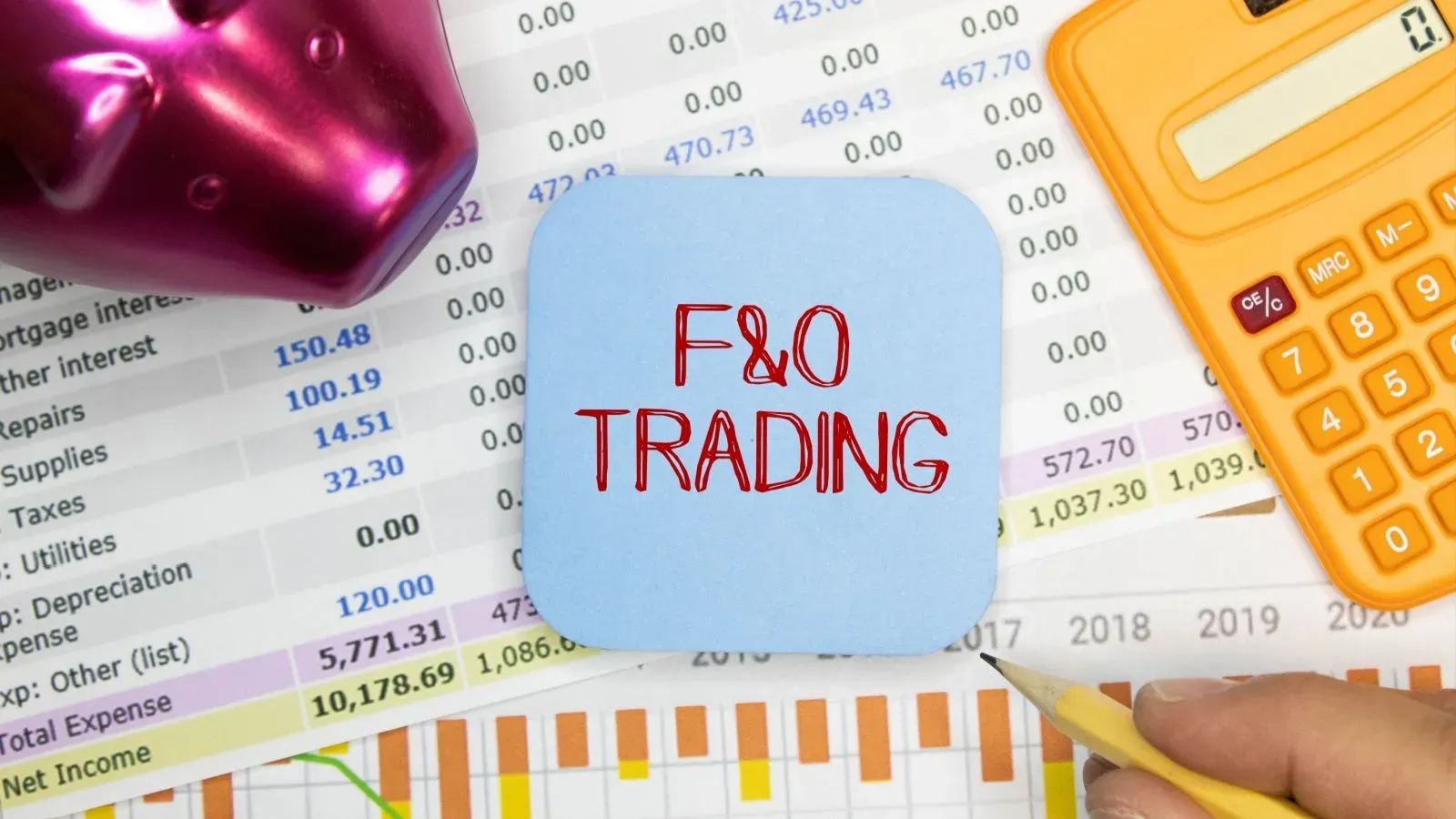Put Writing Strategies
Written by Upstox Desk
Published on July 31, 2025 | 5 min read

Options are derivative instruments that enable the buyer or the holder of the instrument to buy or sell the underlying asset. For the option buyer, the right to buy or sell is without any obligation. The seller or the writer of the put option is, however, obligated to buy the underlying security, should the buyer exercise his /her right to sell.
Put option buying vs put option selling
The buyer of the put option has a bearish view on the markets and always incurs a cost i.e. pays the premium. On the contrary, the seller of the put option has a bullish or range bound view and always receives the premium.
Earning premium by selling put options is one of the benefits of option selling. Deploying put option selling strategies on routine also has potential to create monthly income for sellers. But for a trader it's not the only reason. It is often used as a hedge for existing short positions.
Profits from writing put options are always limited to the extent of premium received. While profits are limited, the potential for loss is unlimited and uncertain.
The buying and selling of options lead to a symmetrical payoff between buyer and seller. So why would a trader sell a put option instead of buying a call? The answer is “attractiveness of the premium”. This is the most important factor in the option selling strategy. The attractiveness of premium is ascertained by calculating option price and analyzing elements that affect the pricing namely; the Options Greeks.
Put | ||
Buyer | Seller | |
| Outlook/View | Bearish | Sideways / Bullish |
| Premium | Pay | Receive |
| Profit | Potentially Unlimited** | Limited |
| Loss | Limited | Potentially Unlimited** |
| Impact on Exercise | Right to Sell | Obligation to Buy |
| Initial Margin | No | Yes |
Impact on Greeks
-
Delta is positive of a put option writer, the writer would generally take a position in strike with low Delta, as it is beneficial for them.
-
Gamma is negative for a put option writer, a high Gamma can hurt a put option seller especially if the underlying asset price drops below the strike. This can propel Delta beyond 0.5 level, where it becomes more sensitive to Gamma.
-
Vega is negative for a put option seller, any increase in implied volatility would hurt the put option seller due to price acceleration. As a put seller, the trader would expect price consolidation to preserve the premium.
-
Theta is positive for the put option seller. When all else remains stable or range bound, the decreasing passage of time till expiry causes the premium to decay resulting in profit for the put option seller.
Strategies for put option writing
There are primarily two strategies that can be allocated to the genre of put writing; first is the basic strategy; Writing naked put options, which exposes the writer to unlimited loss against the benefit of collecting a limited premium. The unfavorable risk-to-reward ratio skew would be discouraging for many traders, but the experienced traders would tactfully apply this collect premium on a routine basis.
Writing Covered puts, as the name suggests, traders would write put options while simultaneously going short on futures. The strategy is beneficial for investors looking to build a portfolio by lowering their acquisition price.
When the underlying prices fall, the short futures position leads to profit and the short put option position gets exercised by the put option buyer. The obligatory purchase of underlying security is added to the portfolio and proceeds from short futures positions are used to finance the acquisition of the portfolio.
On the other hand, if the price of underlying security increases, the short futures position can result in unlimited loss and the short put option position will be able to retain the premium received. The overall premium earned could be marginal compared to the amount of potential unlimited loss in futures. Overall, the premium collected is used to subsidize the loss incurred.
There are other strategies that can be implemented by writing puts in conjunction with other options and futures positions:
- Short Put Synthetic
- Long/Short Put Condor
- Short Put Ladder
- Short Put Butterfly
- Put ratio backspread
- Bear Put spread
Benefits of option selling
- Time decay always favors short option positions. Over a long weekend or holiday season, the markets may be closed but time decay and premium erosion will continue, making the short option open position attractive, assuming other market forces to be constant.
- Option sellers are statically inclined to have more wins than losses, thereby increasing potential of making higher profits.
- Selling or writing options generates upfront and instant income. Done wisely, in a routine manner, it has potential to generate monthly gains.
About Author
Upstox Desk
Upstox Desk
Team of expert writers dedicated to providing insightful and comprehensive coverage on stock markets, economic trends, commodities, business developments, and personal finance. With a passion for delivering valuable information, the team strives to keep readers informed about the latest trends and developments in the financial world.
Read more from UpstoxUpstox is a leading Indian financial services company that offers online trading and investment services in stocks, commodities, currencies, mutual funds, and more. Founded in 2009 and headquartered in Mumbai, Upstox is backed by prominent investors including Ratan Tata, Tiger Global, and Kalaari Capital. It operates under RKSV Securities and is registered with SEBI, NSE, BSE, and other regulatory bodies, ensuring secure and compliant trading experiences.





















